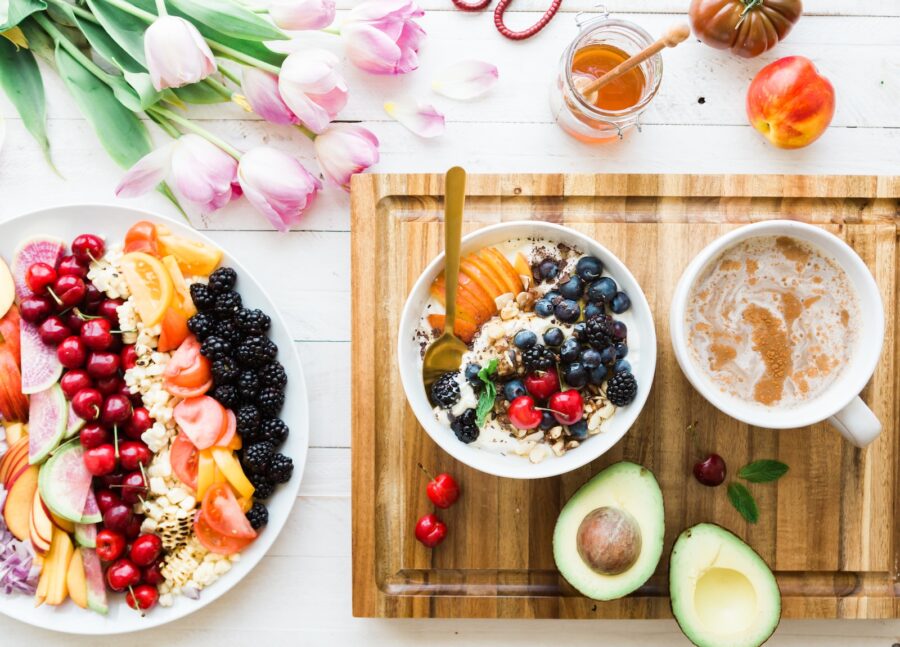Whole Foods
10 Benefits of Whole Foods
If you have been wondering what all the buzz is about, the benefits of whole foods show up fast in everyday life: better energy, happier digestion, and meals that actually satisfy. Today we will break down what “whole foods” really means, the ten biggest perks, and simple ways to work them into a busy week without spending a fortune or living in the kitchen.
What Do We Mean by “Whole Foods”?
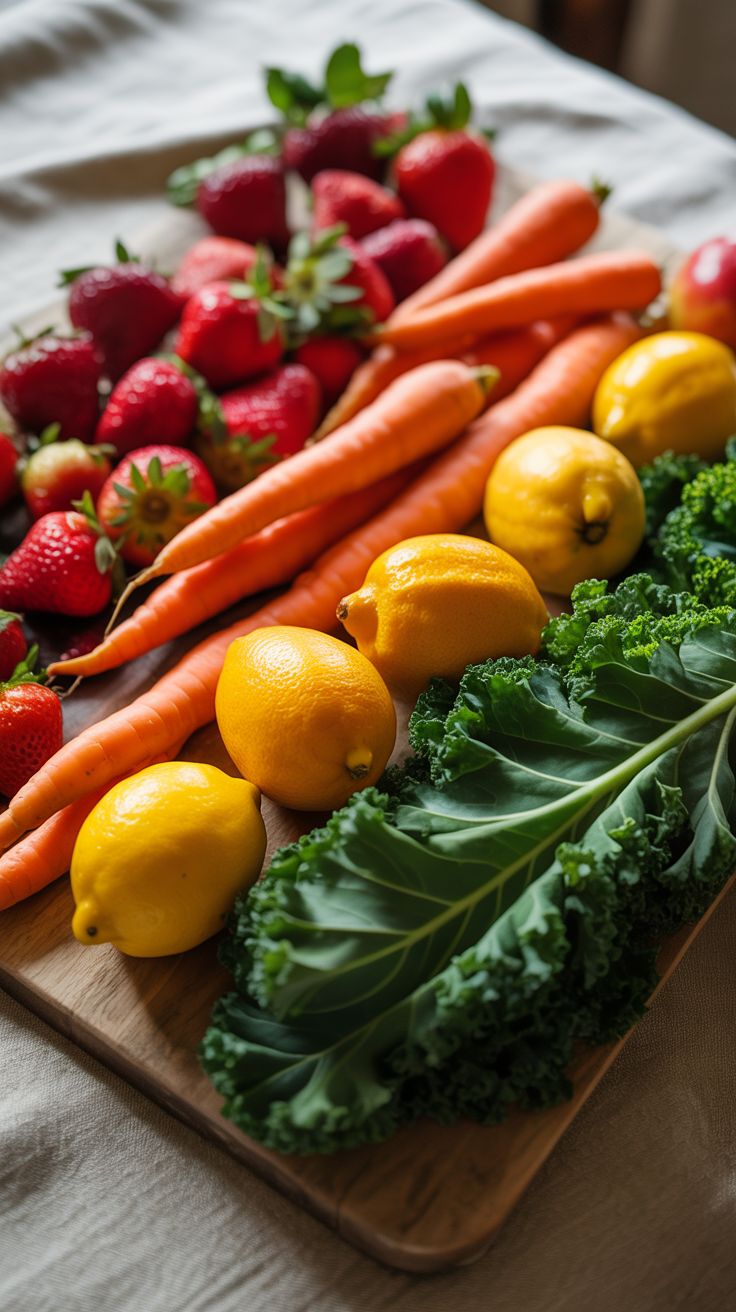
Think foods that are as close to their natural state as possible: vegetables, fruits, legumes, intact whole grains, nuts, seeds, eggs, fish, and minimally processed dairy or alternatives.
They are naturally rich in fiber, micronutrients, and protective plant compounds with fewer additives, stabilizers, and mystery ingredients.
1) Higher Nutrient Density
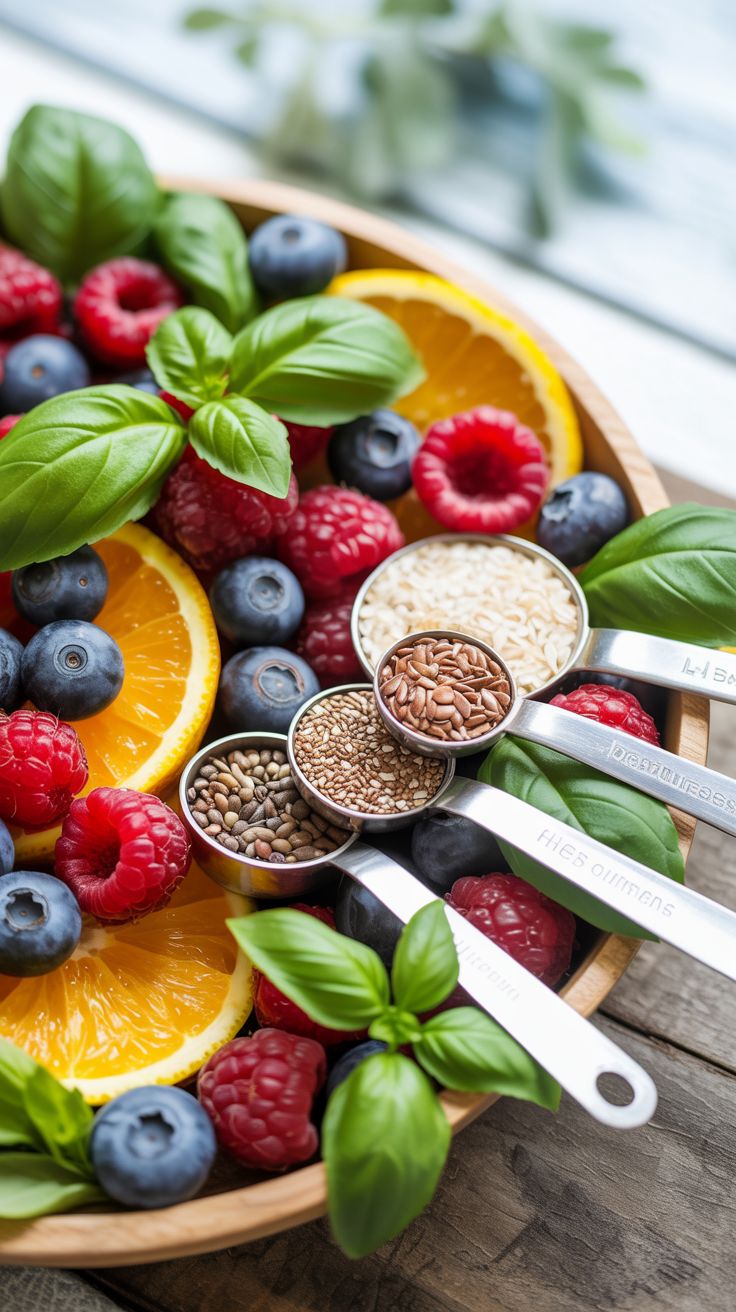
Whole foods pack vitamins, minerals, and phytonutrients in amounts you will not find in ultra processed options.
- Try this: swap one packaged snack a day for a piece of fruit and a handful of nuts.
- Make it stick: add a colorful plant to every meal such as greens, reds, oranges, or purples.
2) Natural Fiber That Loves Your Gut
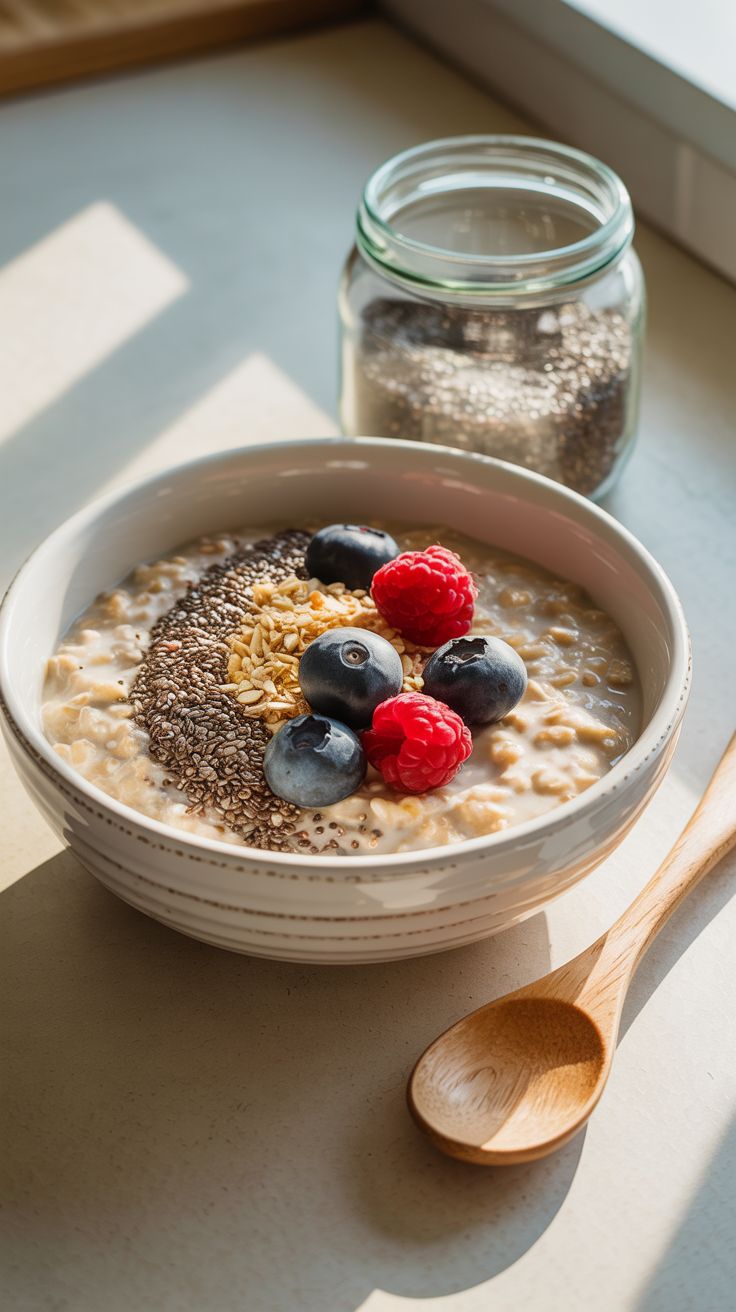
Fiber feeds your microbiome, supports regularity, and helps produce short chain fatty acids linked to metabolic and immune health.
- Try this: add 2 tablespoons of chia or ground flax to yogurt or oatmeal.
- Make it stick: build grain bowls with intact grains such as quinoa, farro, or brown rice plus vegetables.
3) Better Blood Sugar Balance
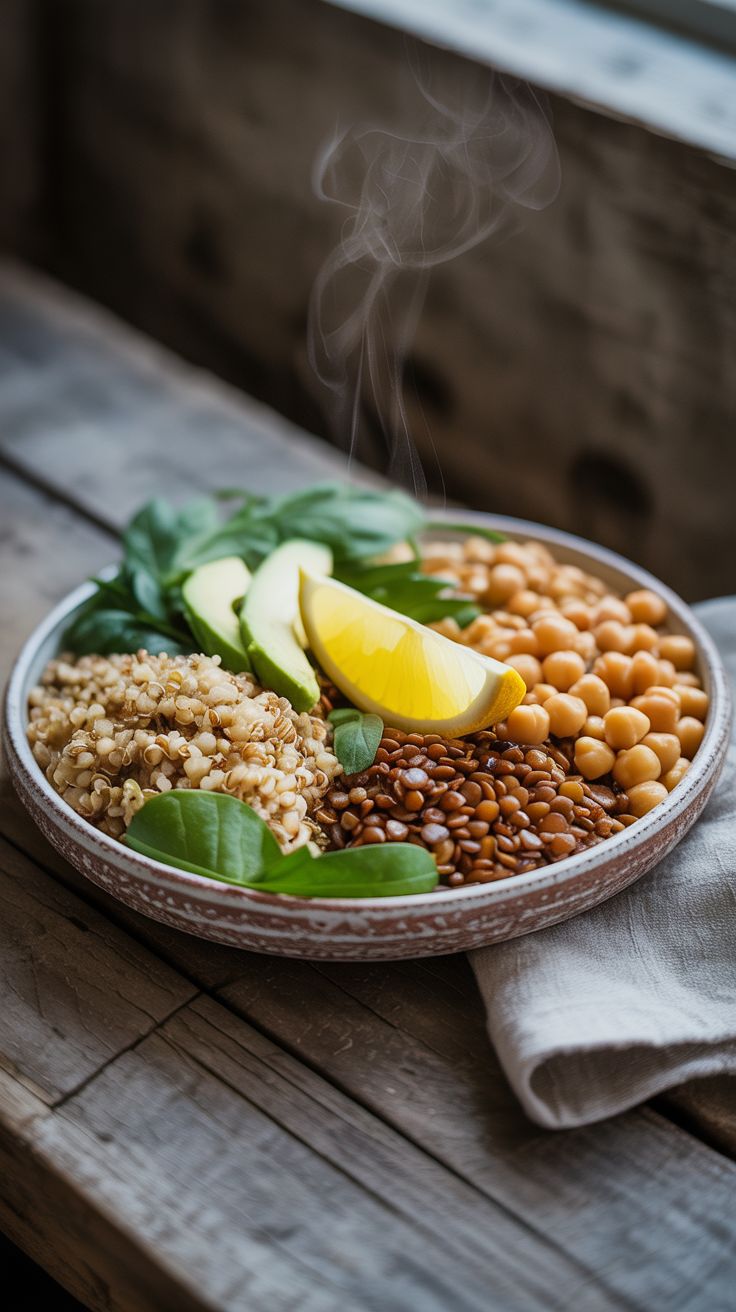
Intact grains and legumes digest more slowly than refined carbs which smooths out spikes and dips that lead to cravings.
- Try this: pair carbs with protein and fat such as apple with peanut butter or oats with Greek yogurt.
- Make it stick: choose intact grains most of the time and save white bread for occasional treats.
4) Real Satiety for Easier Weight Management
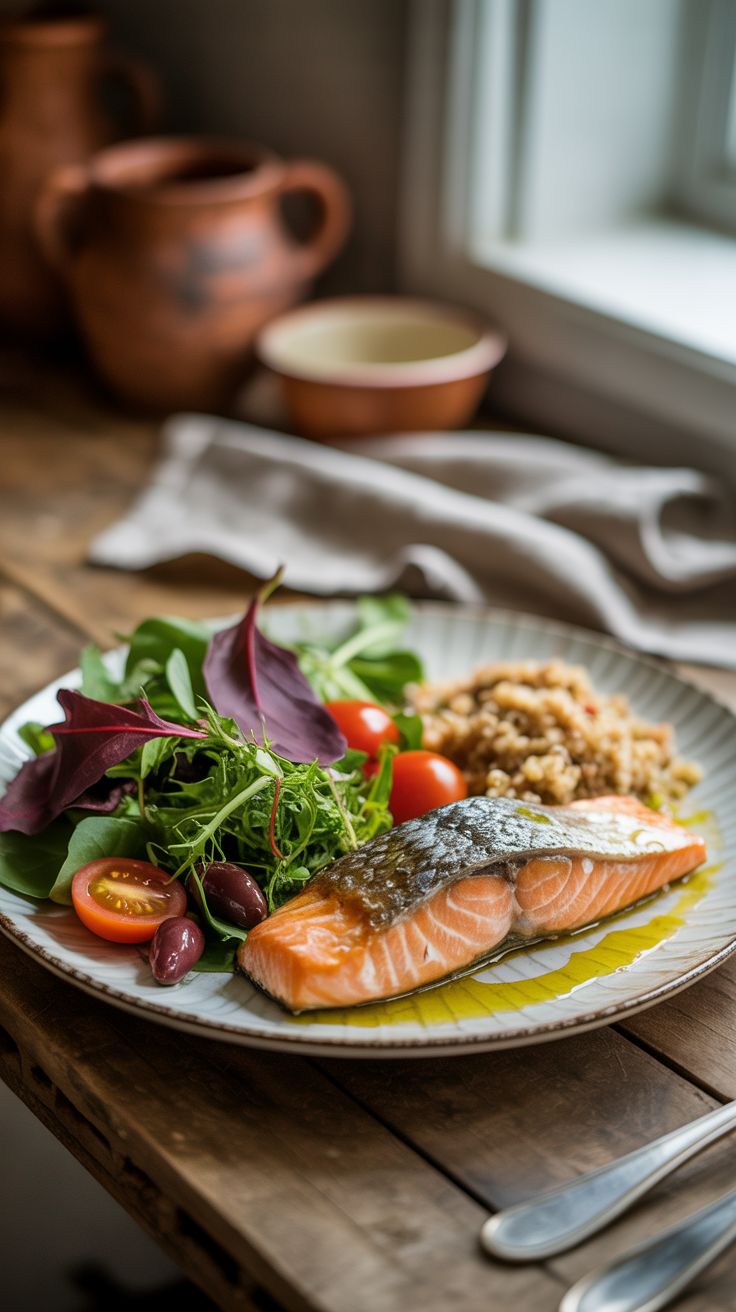
Water, fiber, and protein help you feel full on fewer calories without joyless dieting.
- Try this: start meals with a vegetable or broth based soup.
- Make it stick: include protein at every meal such as eggs, fish, beans, tofu, or yogurt.
5) Heart Friendly Fats
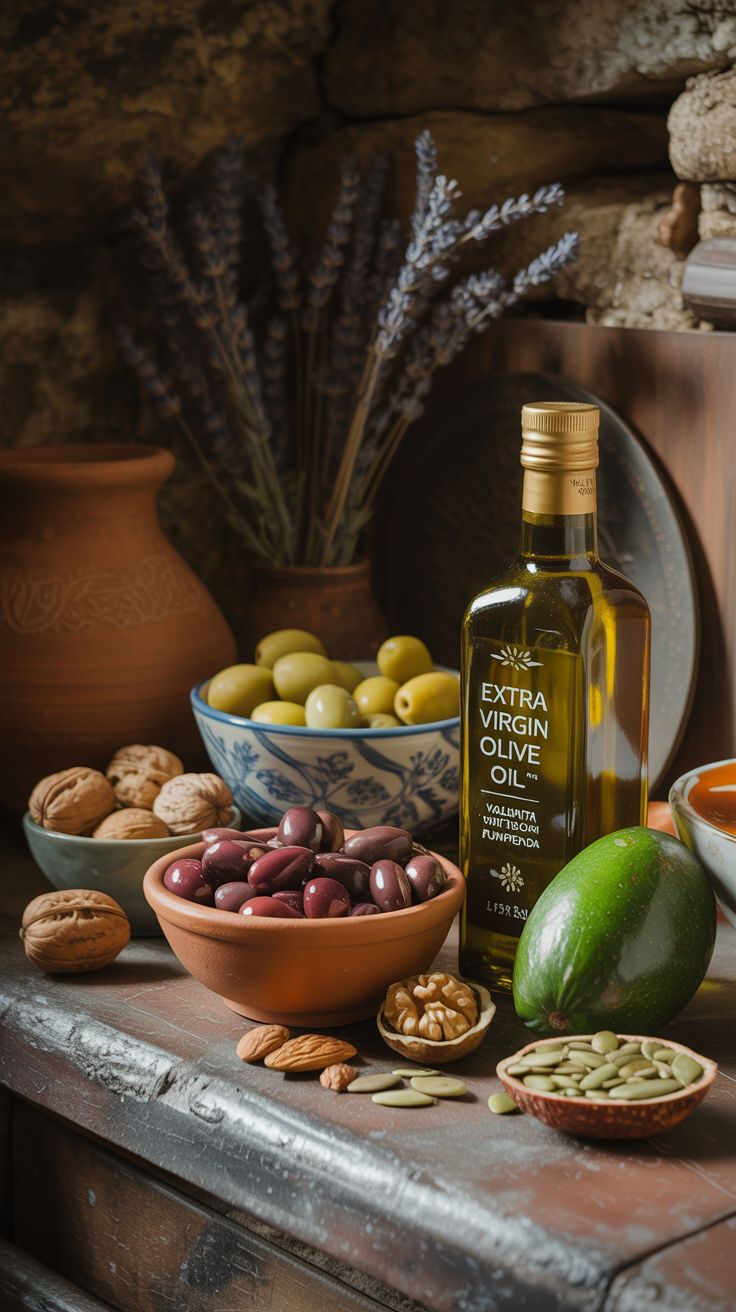
Nuts, seeds, olives, avocado, and fatty fish provide unsaturated fats that support healthy cholesterol patterns.
- Try this: drizzle extra virgin olive oil on salads and roasted vegetables.
- Make it stick: plan salmon or sardines or tuna once or twice per week.
6) Fewer Additives and Lower Sodium
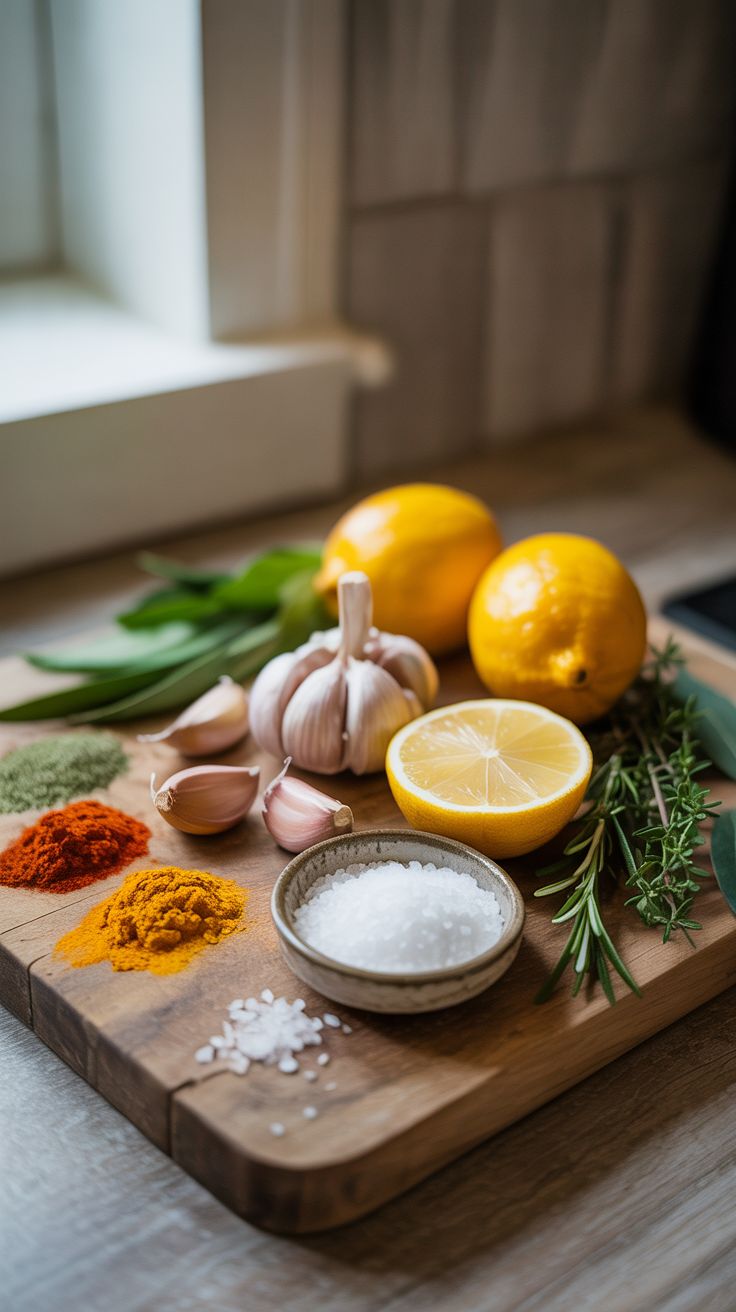
Cooking from simple ingredients cuts excess salt, preservatives, artificial colors, and flavors.
- Try this: season with citrus, herbs, garlic, and spices before reaching for the salt shaker.
- Make it stick: keep a basic spice kit such as garlic, onion, paprika, cumin, oregano, and chili flakes.
7) Lower Inflammation Load
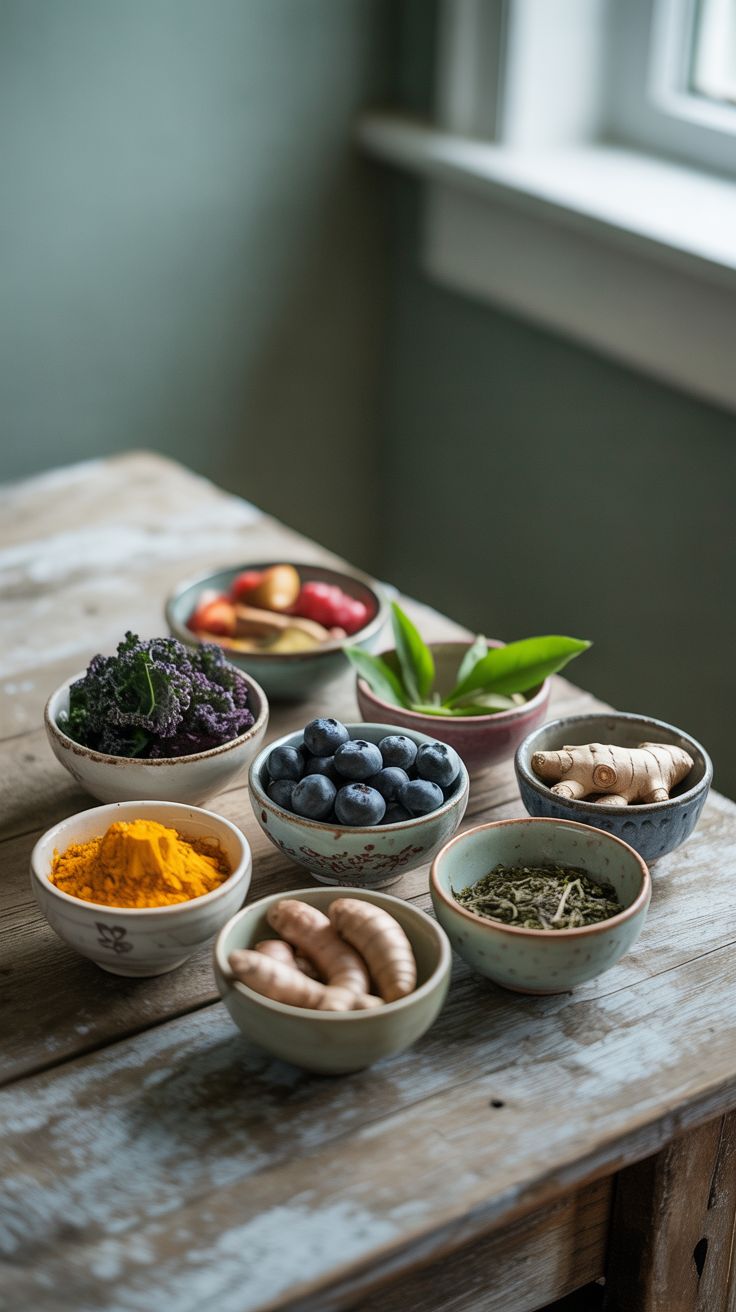
Antioxidant rich plants and omega 3 foods help counter everyday oxidative stress.
- Try this: add a cup of berries or a big handful of leafy greens daily.
- Make it stick: rotate colors such as greens today, reds tomorrow, oranges the next.
8) Steadier Energy and Focus
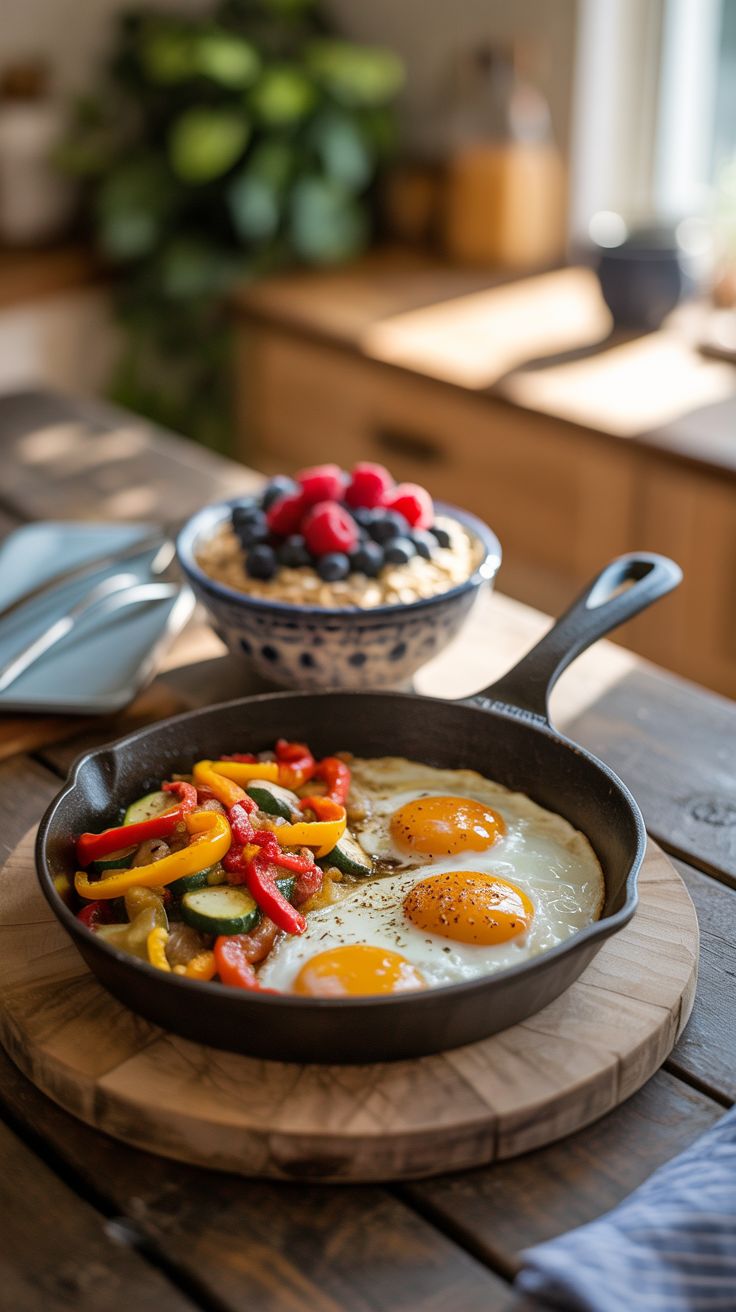
Balanced meals of protein, fiber, and complex carbs release energy slowly so you can avoid the afternoon crash.
- Try this: upgrade breakfast to eggs with sautéed vegetables or Greek yogurt with oats and berries.
- Make it stick: pack whole food snacks so you are not at the mercy of vending machines.
9) Immune Support, Naturally
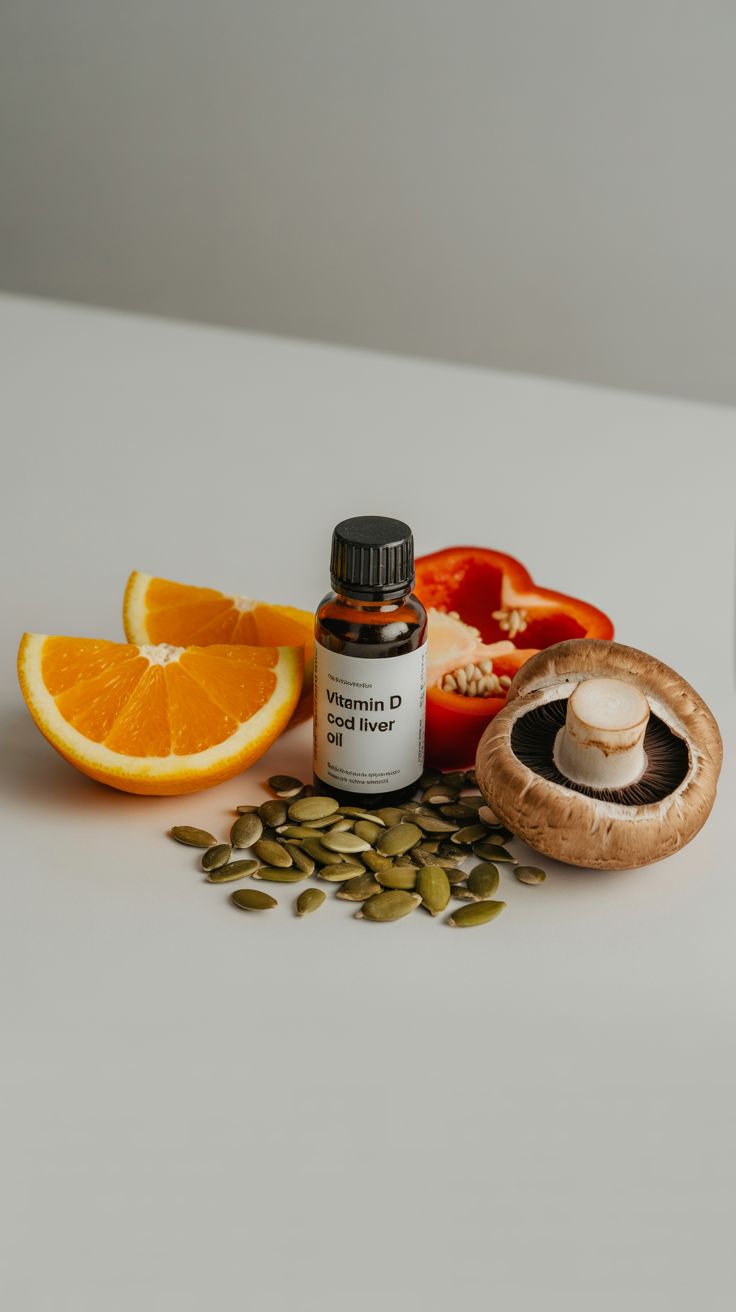
Zinc, selenium, vitamins A, C, D, and E, and polyphenols work together to support your body’s defenses.
- Try this: citrus and bell peppers for vitamin C, pumpkin seeds for zinc, mushrooms for vitamin D precursors.
- Make it stick: think rainbow plus protein whenever you plan a plate.
10) Budget and Planet Friendly
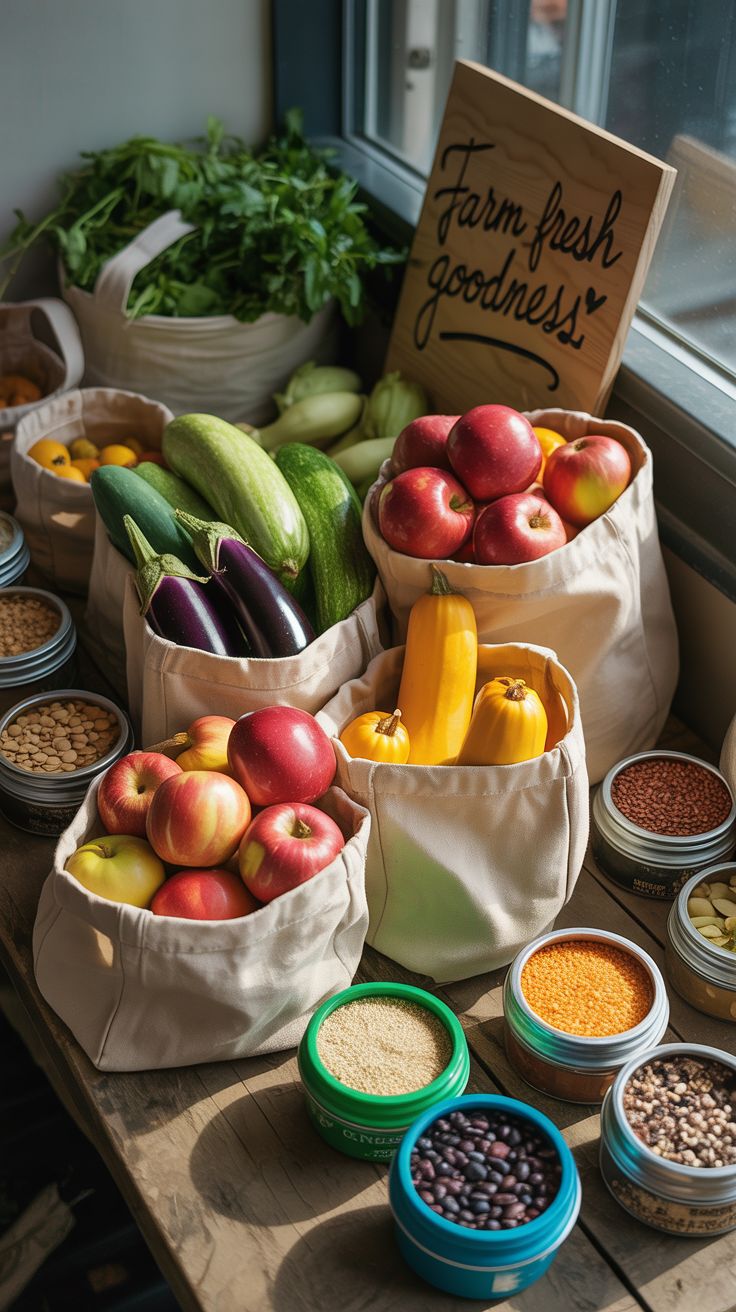
Seasonal produce, bulk beans and grains, and less packaging usually mean more value and less waste.
- Try this: buy one new bulk item such as lentils, brown rice, or oats and cook once for the week.
- Make it stick: keep a “use me first” bin in the fridge to avoid food waste.
What Foods Are Best?
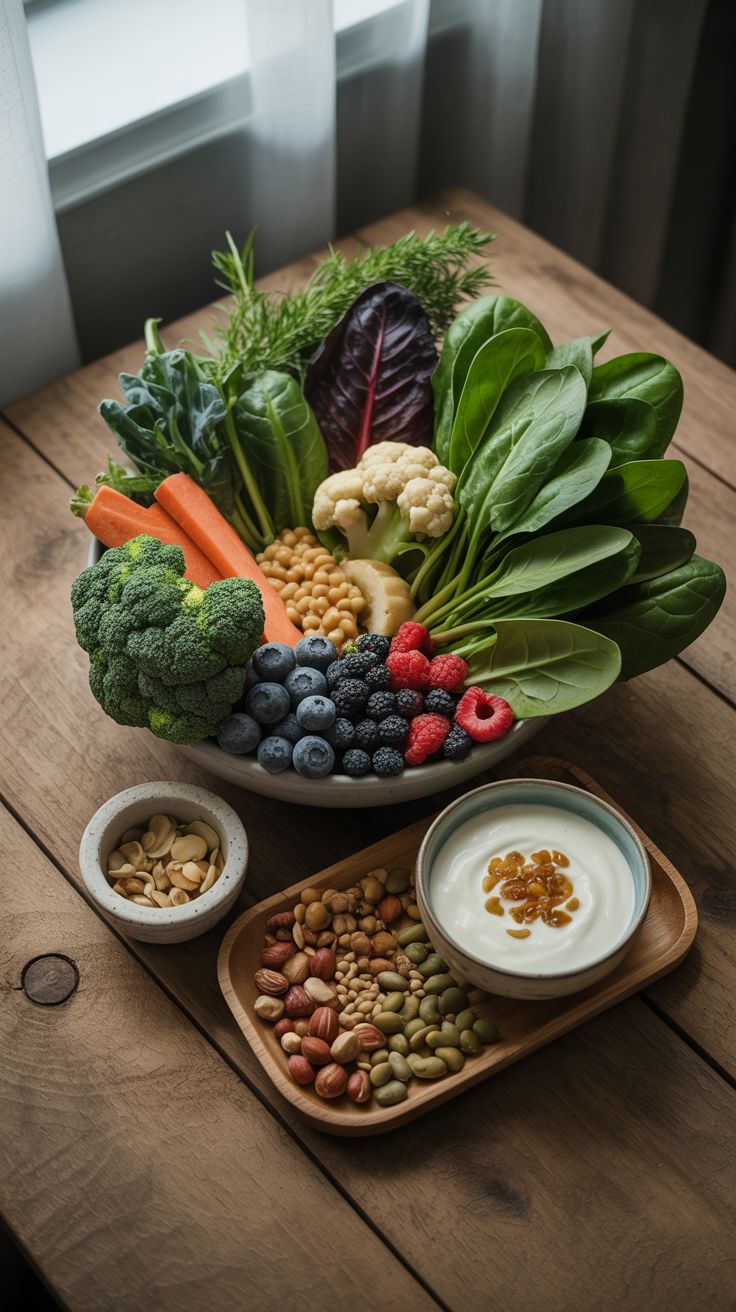
- Vegetables and fruits: leafy greens, crucifers such as broccoli and cauliflower, berries, citrus, tomatoes, squash, carrots
- Legumes: lentils, chickpeas, black beans, cannellini beans
- Intact whole grains: quinoa, brown rice, farro, oats, buckwheat
- Protein options: eggs, fish such as salmon and sardines and tuna, poultry, tofu or tempeh, Greek yogurt, cottage cheese
- Healthy fats: extra virgin olive oil, avocado, nuts such as almonds and walnuts, seeds such as chia, flax, and pumpkin
- Fermented foods: yogurt with live cultures, kefir, sauerkraut, kimchi, miso
- Flavor boosters: garlic, onions, herbs, turmeric, ginger, cinnamon, citrus
The Simple 7 Day Whole Food Start Plan
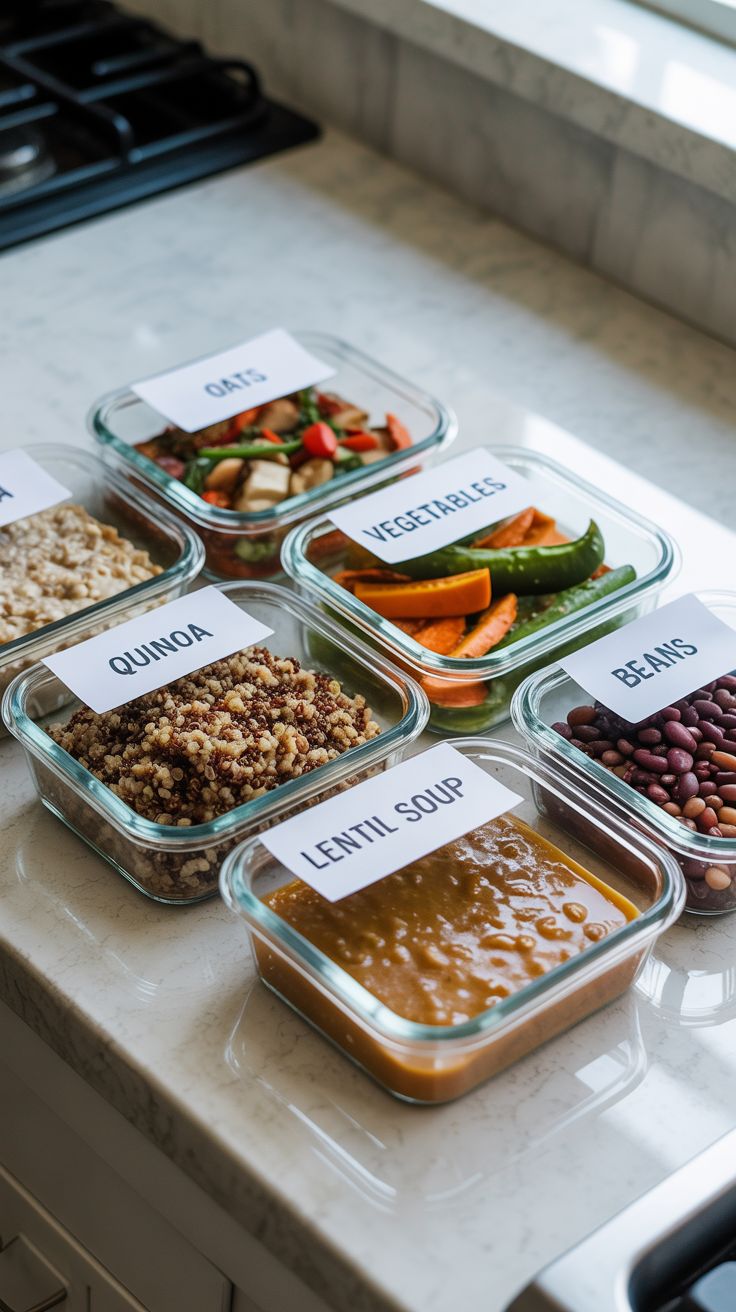
- Day 1 breakfast win: oatmeal with berries and Greek yogurt. Prep overnight oats for tomorrow.
- Day 2 lunch bowl: quinoa, roasted vegetables, chickpeas, olive oil and lemon drizzle.
- Day 3 snack fix: swap chips for apple with almond butter.
- Day 4 fast dinner: stir fry frozen vegetables with tofu or shrimp over brown rice.
- Day 5 sheet pan night: chicken thighs, sweet potatoes, Brussels sprouts.
- Day 6 soup and salad: lentil soup and a big salad with olive oil and seeds.
- Day 7 batch ahead: cook a pot of beans and a tray of roasted vegetables for next week.
Common Pitfalls and Easy Fixes
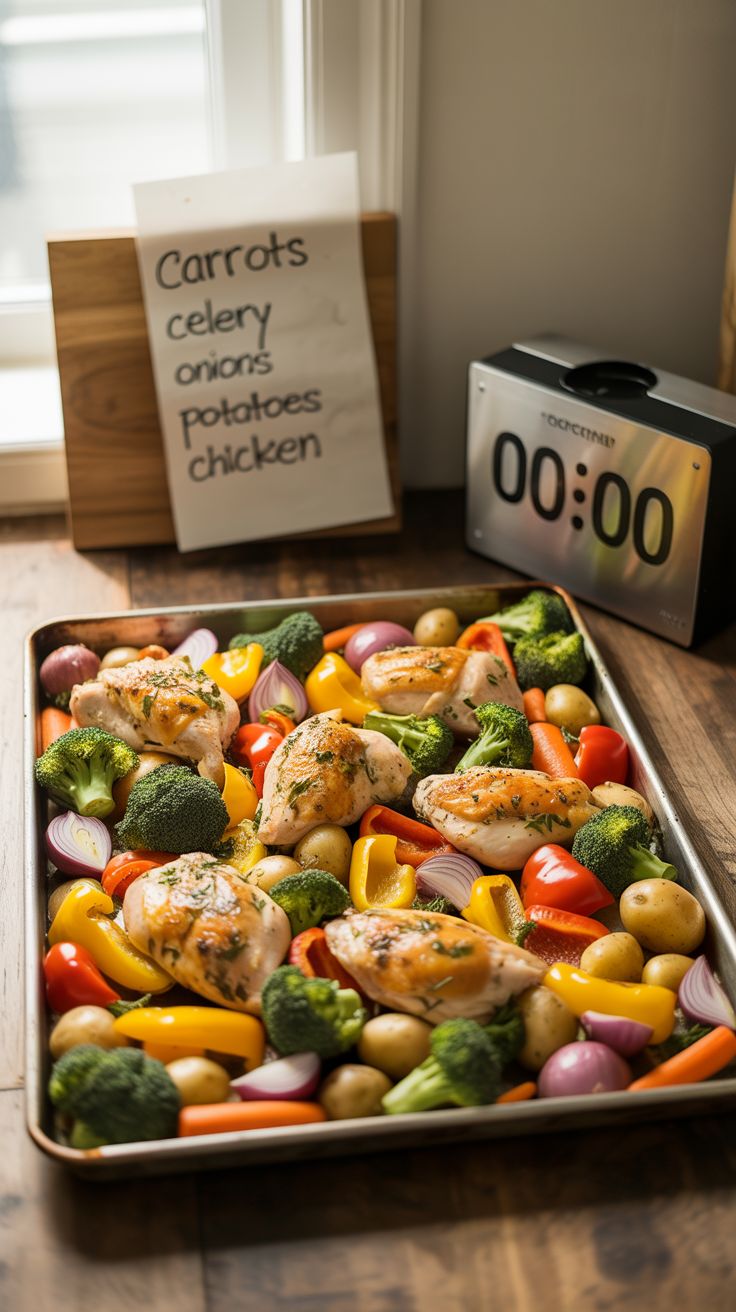
- I do not have time.
Batch once and eat twice. Roast a big tray of vegetables and cook a grain you can remix all week. - My family will not eat it.
Start with familiar flavors such as taco bowls with beans and rice or homemade pizza on whole grain crust. - It is too expensive.
Shop seasonal produce, buy frozen fruits and vegetables, and use bulk bins for beans, oats, and rice.
Ready to Feel the Difference?
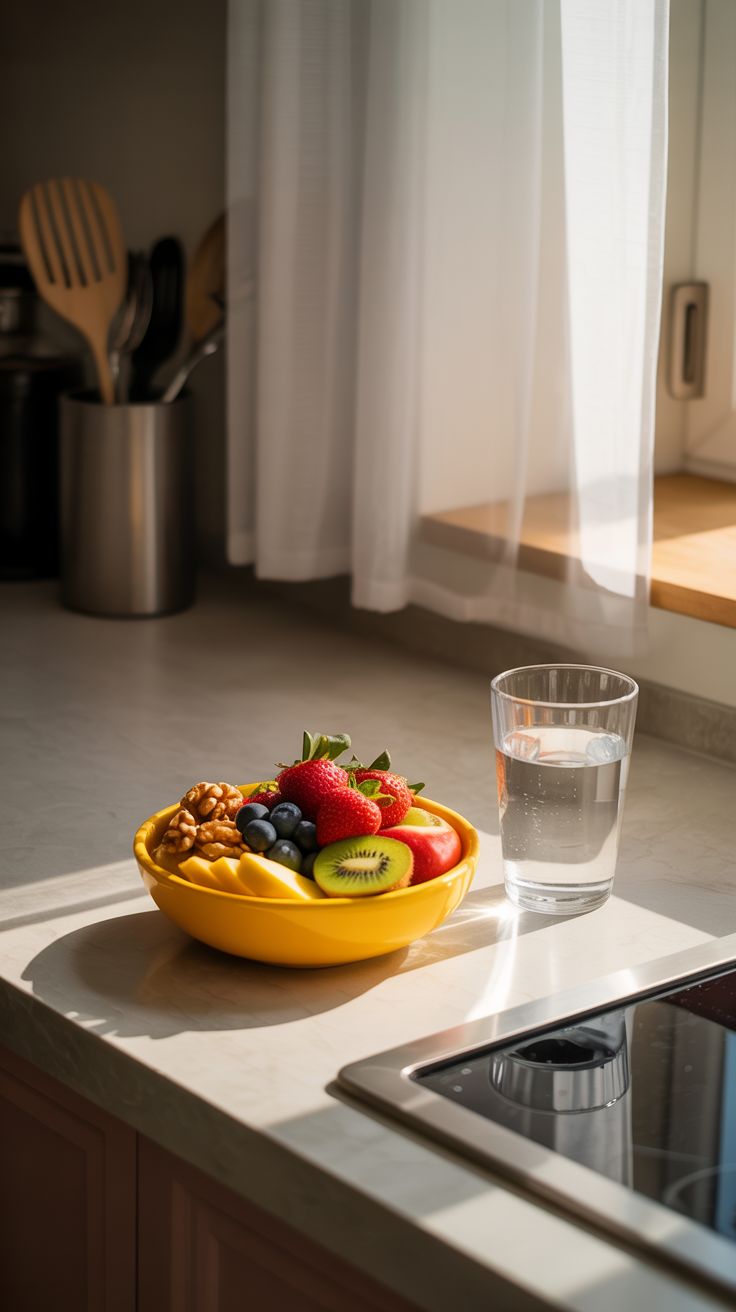
Start small with one whole food swap a day. In two weeks you will likely notice steadier energy, fewer cravings, and a calmer stomach. Keep it doable, keep it tasty, and let real food do what it does best.


















































